Bamboo is a remarkable plant for a number of reasons. It is a grass, but it’s also something more than a grass. It’s famously renewable and sustainable. But sometimes it seems to be sustainable in the worst kind of way. You might even describe it as relentless and indestructible.
Many gardeners consider bamboo invasive because of its vigorous rhizome root system. These rhizomes allow many varieties of bamboo to expand quickly. But bamboo only expands in a local setting. It almost never reproduces by seed, so bamboo is not invasive in the way that other species are capable of overtaking vast landscapes.
NOTE: This article first appeared in June 2021, most recently updated in May 2024.
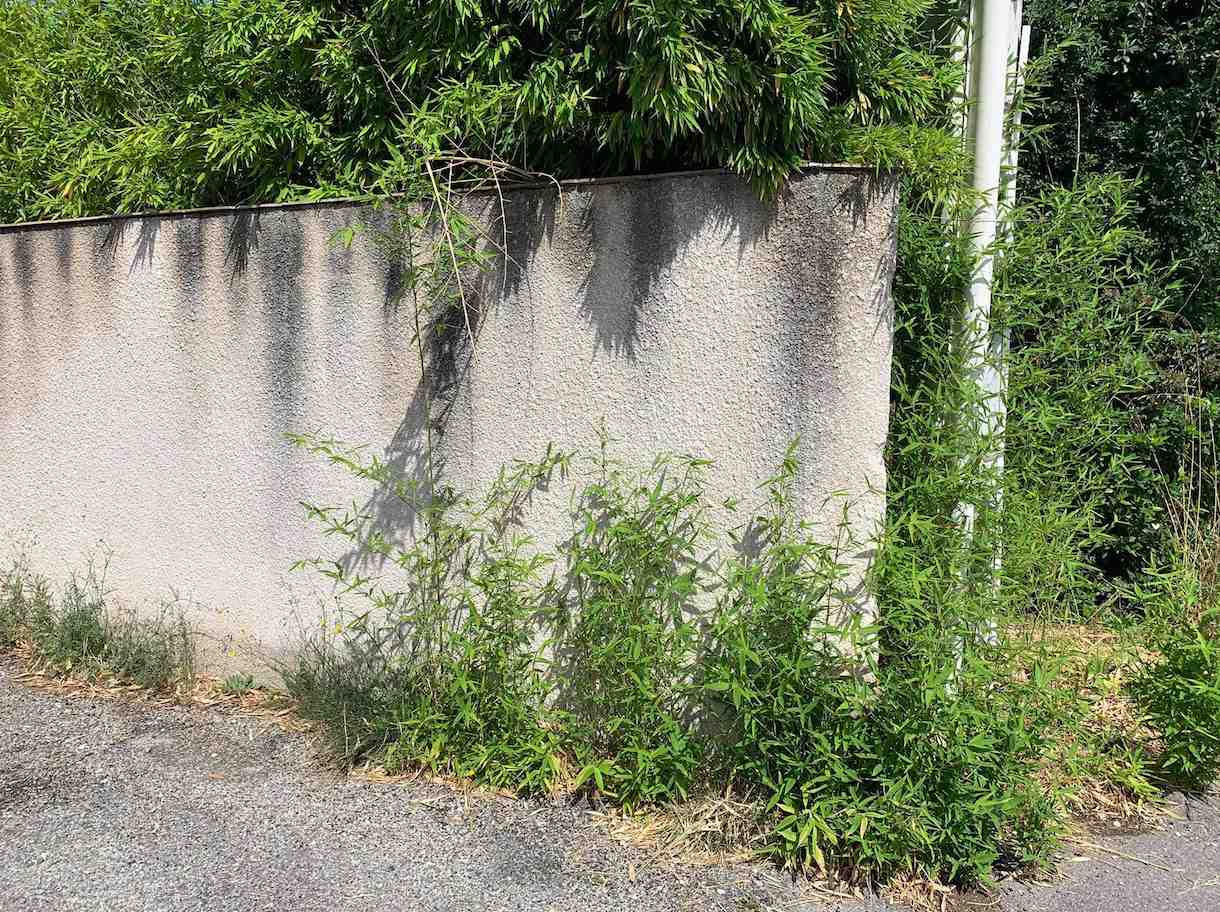
Invasive, expansive or annoying?
It’s true that once bamboo gains a foothold, it can be extraordinarily difficult to eradicate. The rhizomatous roots have a way of digging into the soil and becoming nearly impossible to remove. For gardeners who grow tired of their bamboo and desire a change of scenery, this can be pretty annoying.
Oftentimes, the reason for removing the bamboo is that it just keeps spreading. As a grass, it has shallow roots. But for many varieties of running bamboo, those roots continue radiating outward, encroaching on other areas of the garden to become a general nuisance.
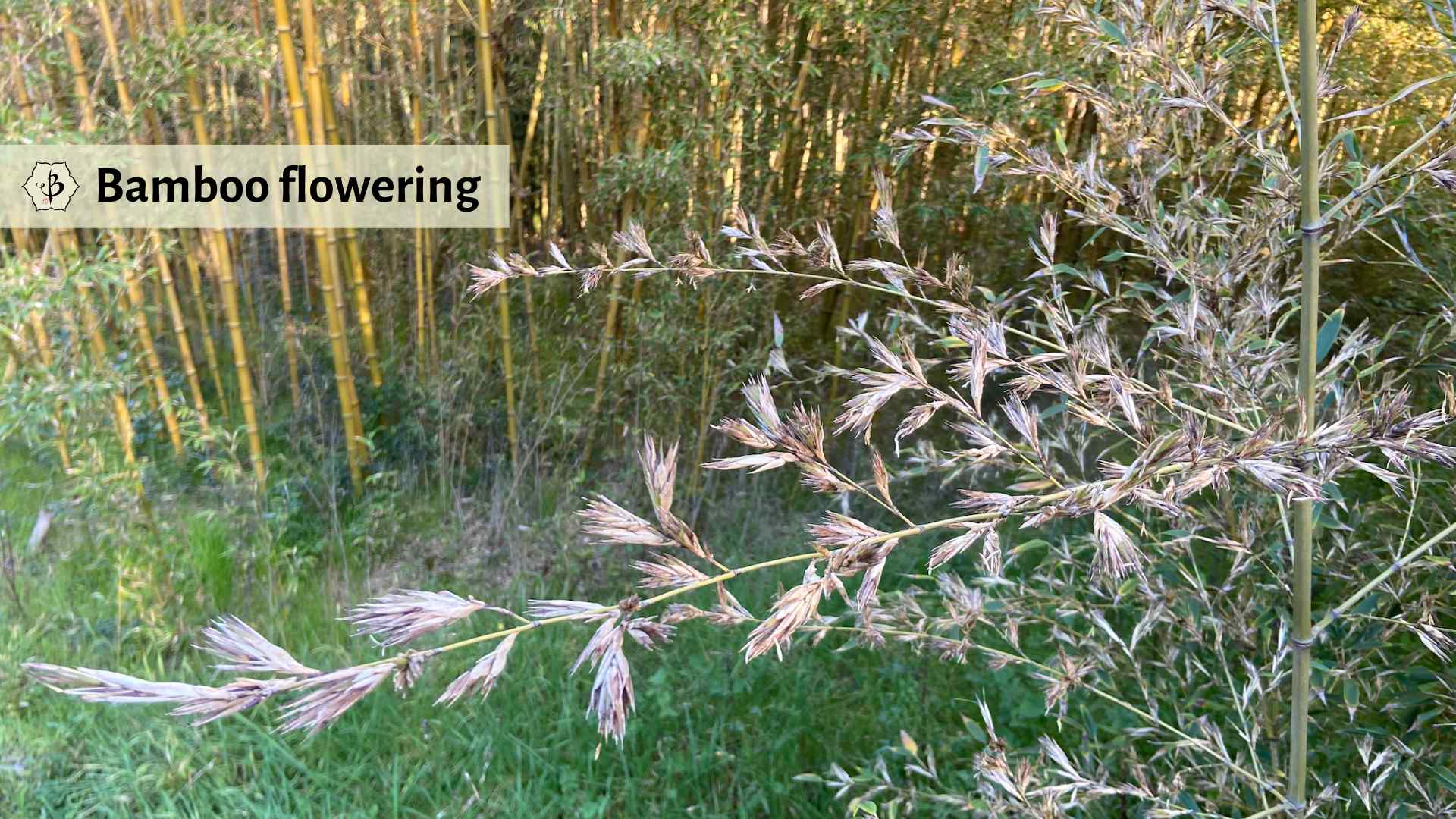
What it means to be invasive
Despite having vigorous, fast-spreading roots, bamboo is not actually invasive in the strictest sense of the word. Invasive plants have a way of establishing themselves in regions where they are not native. By reproducing quickly, they disrupt the native habitat and take over the local landscape to the point where native flora can no longer propagate and survive.
In most cases, an invasive species interferes by flowering and producing a profusion of seeds. Due to a lack of natural predators or competition, the exotic species has an unfair advantage and outperforms the local flora. Winds, birds, and other animal species then help to distribute the seeds, sometimes for miles, creating a widespread disturbance.
Bamboo, by contrast, rarely flowers, and seed production is certainly not its primary means of reproduction. Instead, bamboo relies on those tenacious rhizomes to spread out and generate new culms. As annoying as those roots might be, the good news is that the bamboo uses the roots instead of (rather than in addition to) seed propagation.
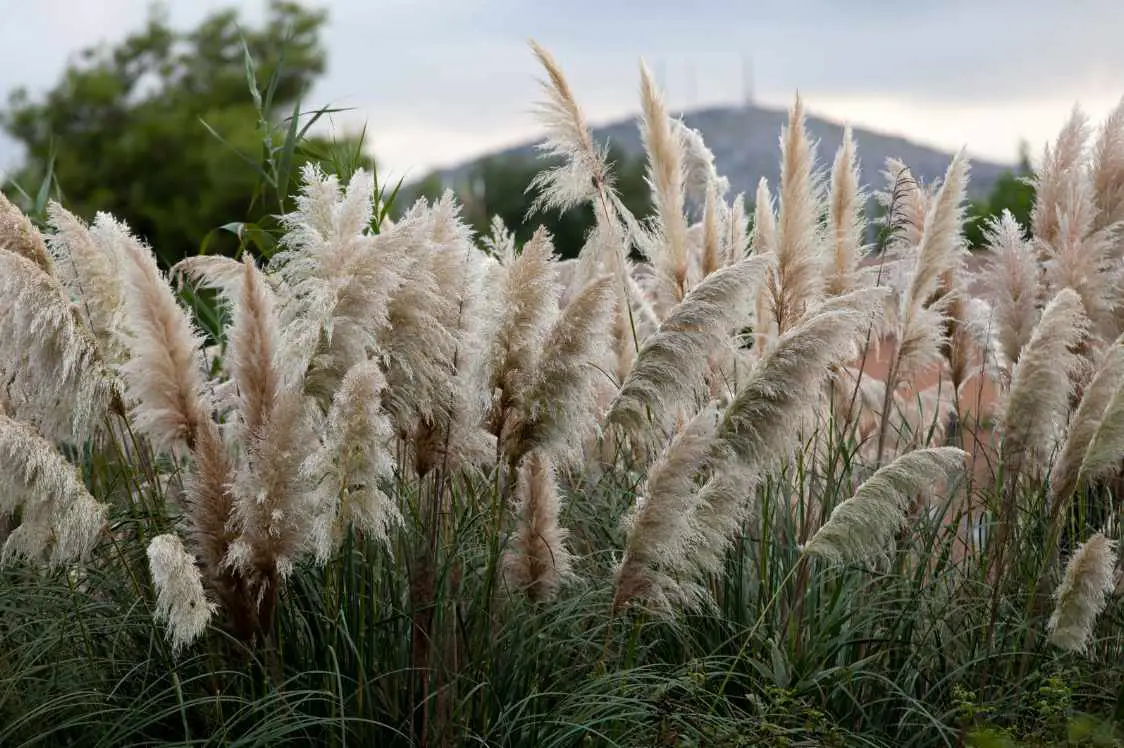
Expansive expectations
It’s better, therefore, to describe bamboo as expansive instead of invasive. Yes, the roots and rhizomes will spread and spread, potentially turning up your flower beds and making a mess of your neighbor’s lawn. But this expansion has its limits.
If bamboo were truly as invasive as its critics make it out to be, it would have easily overtaken the earth by now. Obviously, that hasn’t happened.
Having your backyard overrun by bamboo can certainly be annoying. But this kind of disruption is of an entirely different magnitude than an invasive species that takes over whole landscapes. Expansive bamboo may be a local problem for you and your next-door neighbor, but it is not a regional problem that puts a whole ecosystem in jeopardy.
Vigorous, individual plants may thrive and prosper. But you don’t find new, separate specimens sprouting up unpredictably in nearby riverbeds and nature sanctuaries.
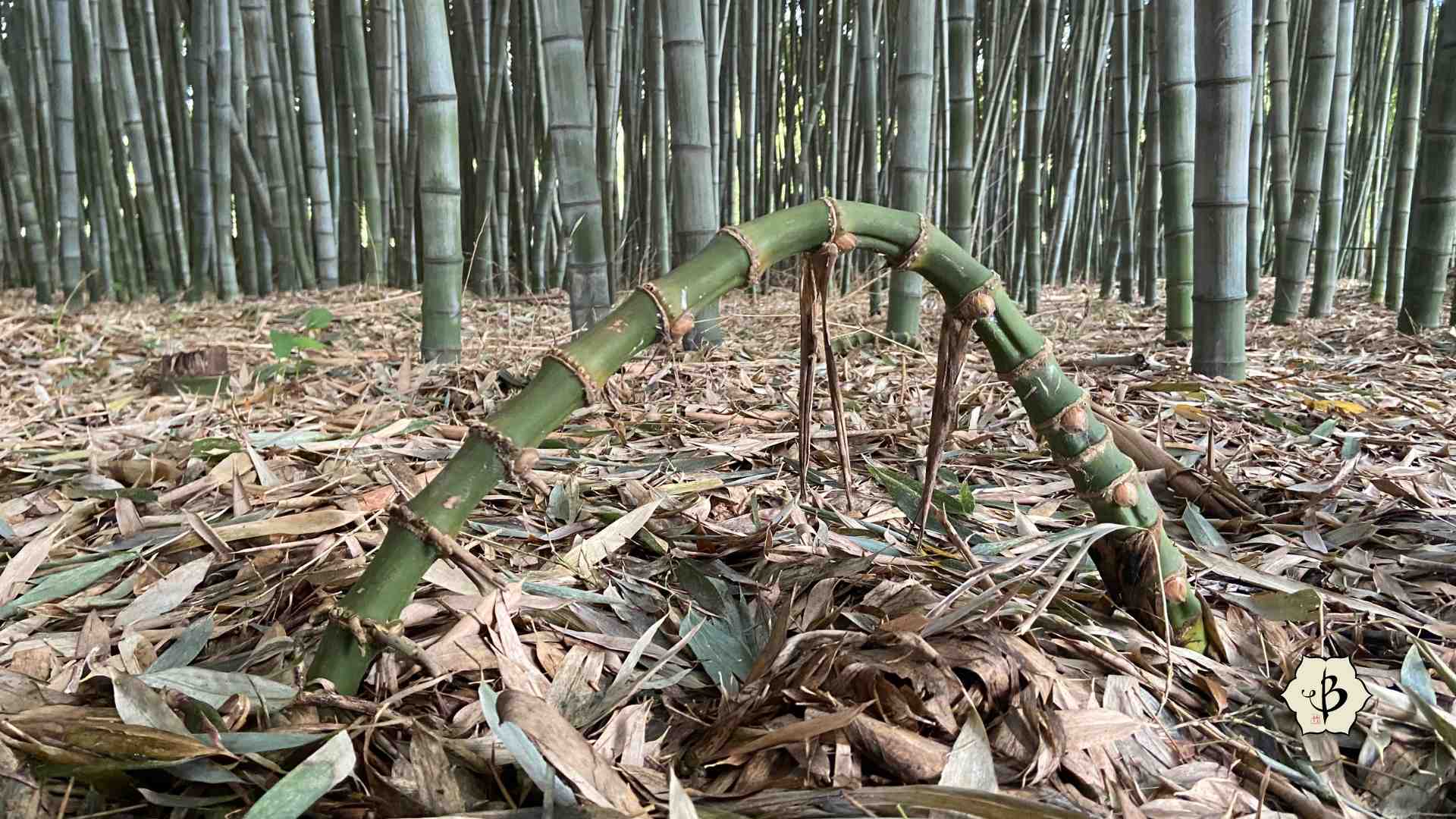
Bamboo rhizomes
Before labeling bamboo as invasive, or even expansive, it’s important to recognize that they are basically two different classes, or tribes, of bamboo. They are categorized according to the growth habits of their rhizomes.
Running bamboo expands
Running bamboos are the kinds that people have the most trouble with. They have leptomorph or monopodial rhizomes, meaning that they run horizontally, just underground, and outwards away from the main plant.
These rhizomes can often travel for several feet, and maybe for a year or two, before they send new shoots upwards. These shoots grow up to be the culms or poles that we recognize as bamboo. But by the time you see this growth above the ground, the rhizome network underground might already be vast and impenetrable.
Generally, the running bamboo varieties are more temperate. They can tolerate cold weather, and therefore they are pretty popular in many parts of the country with freezing winters. Many gardeners are also happy to have a plant the grows up quickly and fills in a certain area of the garden.
It’s important to have a strategy in place to contain the running bamboo, to keep it from getting out of hand. My favorite method is to dig a trench around the perimeter of the grove. But there are other techniques as well.

Clumping bamboo stays put
For the reasons discussed above, many prefer to plant clumping bamboo. These varieties have pachymorph or sympodial rhizomes which develop with a U-shape, bending upwards quickly to become shoots, instead of traveling outward. This growth habit makes clumping bamboo far easier to control and maintain. Even so, it’s not a bad idea to dig a trench or plant a rhizome barrier around the plant.
Most clumping bamboo is native to the tropics, preferring warmer weather and not being able to withstand freezing winters. However, there are a handful of cold-hardy clumping bamboos that you might want to look for.
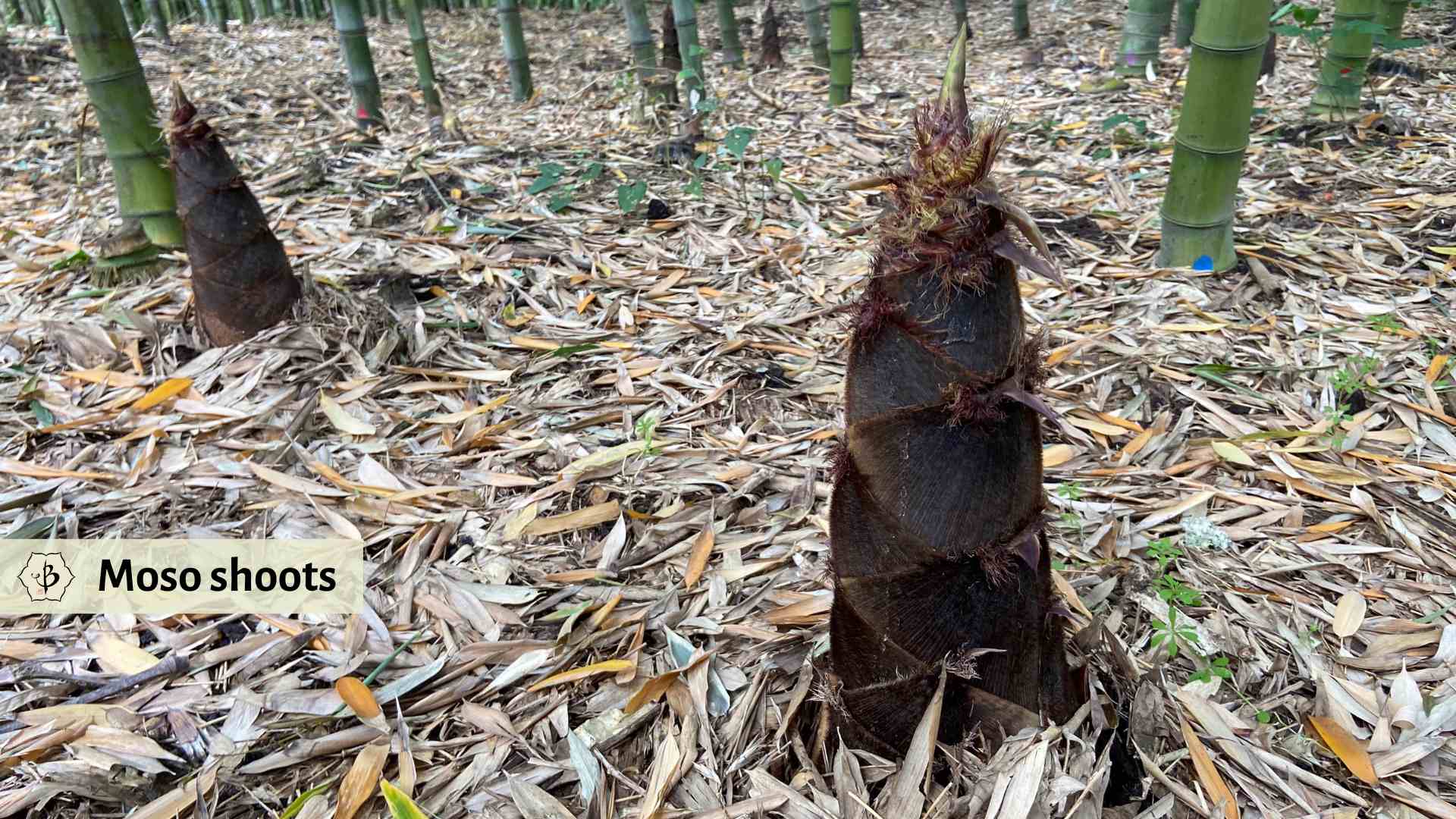
Expand your understanding
If you enjoyed this discussion on whether or not bamboo is truly invasive, chances are you’ll want to check out more of our in-depth articles on bamboo horticulture.
- Bamboo anatomy
- Bamboo species identification
- Best bamboo species for farming
- 6 Ways to make money growing bamboo
- 10 More species of clumping bamboo
- Best methods of bamboo containment
FEATURE IMAGE: Phyllostachys aurea is one of the most persistent and fastest-spreading species of running bamboo. Photo by Fred Hornaday.

























